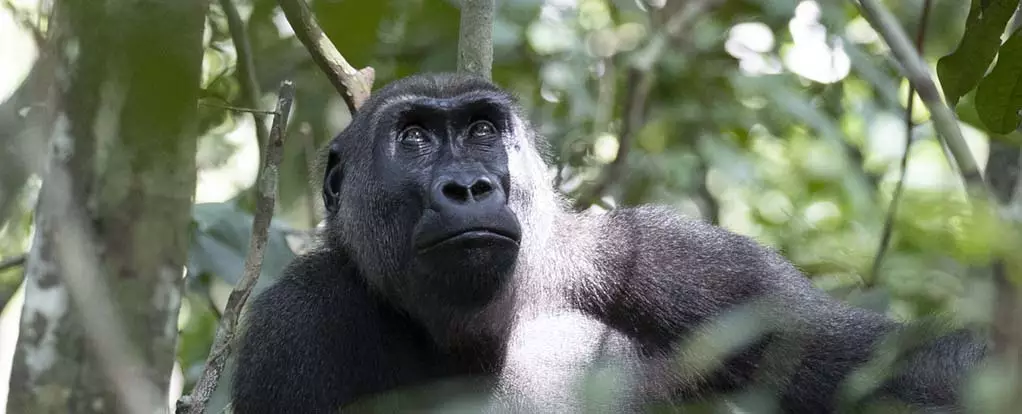Moukalaba-Doudou National Park, nestled in the heart of Gabon, is more than just a stunning natural landscape; it serves as a crucial habitat for wildlife and a treasure trove of botanical diversity. This thick rainforest has provided nourishment and medicinal resources to both local communities and wildlife, particularly the western lowland gorillas. Recent scientific research is beginning to delve into the age-old wisdom utilized by traditional healers, elevating the discussion about the relationship between human beings, great apes, and the plants that surround them.
Anthropologically, humans have always sought to understand the natural environment, resulting in the accumulation of rich knowledge over centuries. In Gabon, this wisdom has transcended generations, manifested in the traditional practices of healers and herbalists. A 2022 study highlighted these practices, indicating that the diets of local gorillas are intriguingly similar to the plants utilized in traditional medicine by nearby villages. This overlap invites further inquiry into the botanical wisdom and the effects of these plants on both human and gorilla health.
The research spearheaded by Leresche Even Doneilly Oyaba Yinda and Richard Onanga from the Interdisciplinary Medical Research Center of Franceville analyzed four notable tree species: Ceiba pentandra (kapok), Myrianthus arboreus (giant yellow mulberry), an undisclosed ficus species, and Milicia excelsa (African teak). Their aim was to assess the antimicrobial and antioxidant properties of these plants, laying the groundwork for a potential understanding of their roles in traditional healing methodologies.
Through rigorous examination, the researchers discovered that the bark extracts of these trees exhibited significant antibacterial properties against multidrug-resistant strains of Escherichia coli. The inquiry revealed astonishingly potent effects from the kapok tree, particularly noteworthy in its interaction with stubborn bacterial strains. Meanwhile, the ficus and African teak demonstrated formidable antioxidant activities, key in battling diseases linked to oxidative stress. These findings could potentially unravel mechanisms behind traditional remedies used for ailments such as diarrhea, which remains a staggering global health concern.
While the research indicates promising properties, it raises a complex web of questions regarding human versus primate consumption of these plants. The researchers caution against hastily adopting these natural remedies without clinical validation of their efficacy and safety profiles. It is essential to clarify whether gorillas consume the bark for medicinal purposes or merely as a nutritional supplement that fortuitously provides health benefits.
Both human and gorilla interactions with these plants could rely upon an innate understanding that traditional medical frameworks built thousands of years ago have merit that parallels contemporary scientific inquiry. The researchers underscore a compelling notion of zoopharmacognosy, which examines how animals select plants for their medicinal benefits, underscoring the need for further exploration.
The implications of this research extend beyond the scientific realm, emphasizing the urgency for conservation efforts at Moukalaba-Doudou National Park. As one of the last bastions of forest ecosystems, it plays a pivotal role in protecting not only biodiversity but also the myriad of bioactive compounds within its flora. The deteriorating state of many natural habitats worldwide makes this research especially critical.
Aside from being a habitat for endangered species, preserving such ecosystems is paramount for discovering potential new drugs, highlighting the interplay between environmental conservation and human health. By safeguarding these vital environments, we may unlock new frontiers in medicine, embracing the past as we march toward the future.
Gabon’s botanical wealth promises significant potential for both traditional and contemporary medicine. The collaborative efforts between researchers, traditional healers, and local communities present an optimistic cycle of knowledge generation. As we investigate these green resources more thoroughly, we may uncover essential biological compounds that hold the key to combating modern-day health challenges. By respecting and protecting the intricate tapestry of life within Moukalaba-Doudou National Park, humanity’s future health might just lie within the leaves of these incredible plants.

Leave a Reply